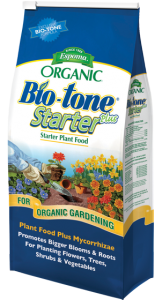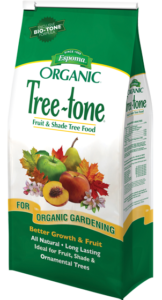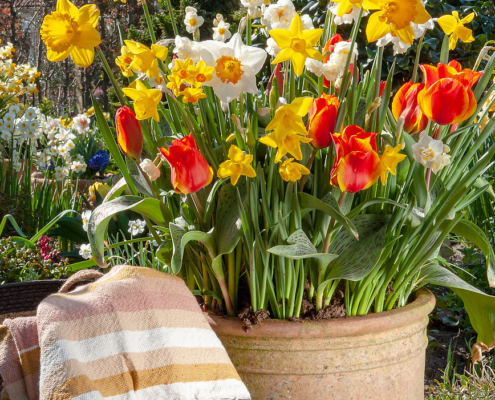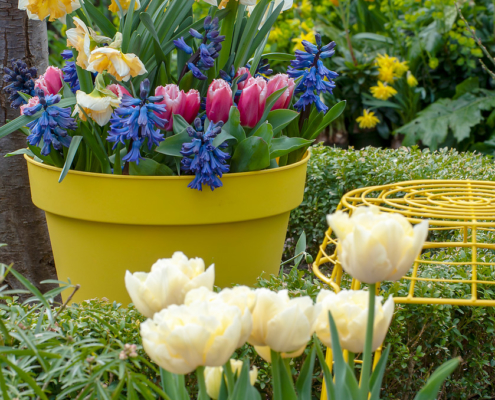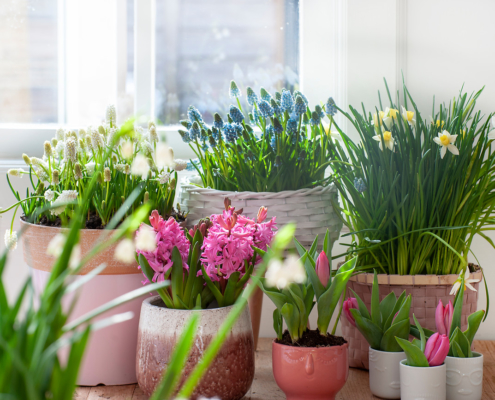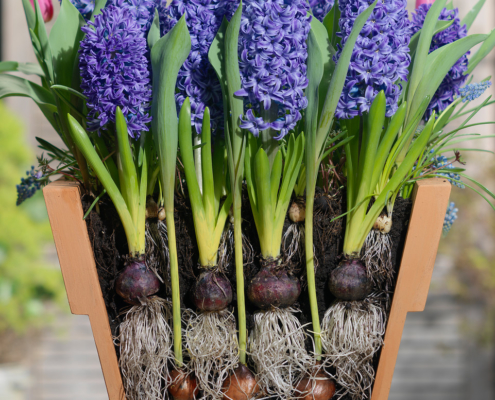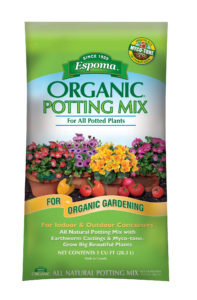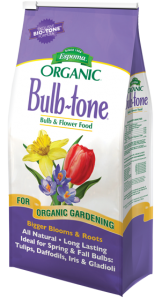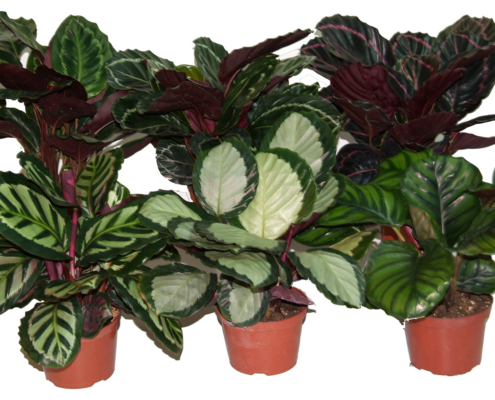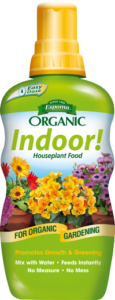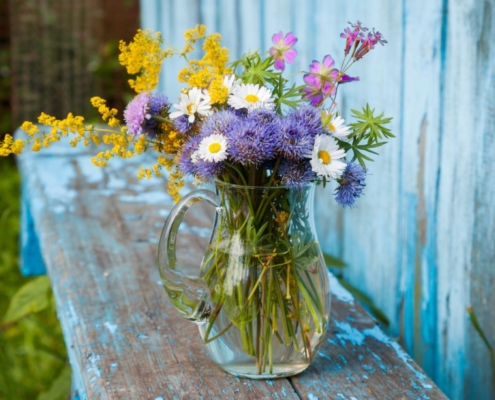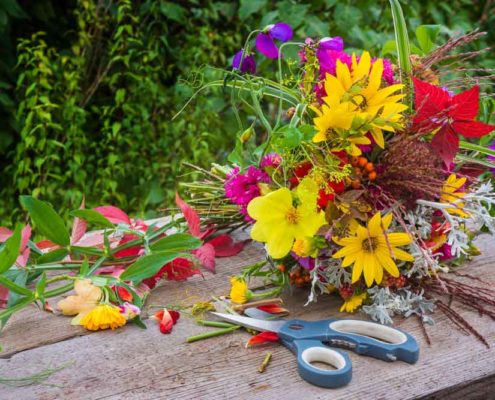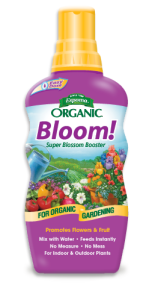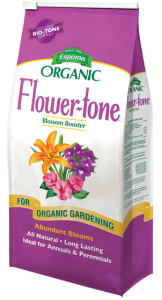Plant trees in the right place to slash energy bills
Trees give us a lot of bang for their bark — paying us back in major, quantifiable ways. In fact, planting a tree is one of the best financial investments a homeowner can make. Yes! Money does grow on trees. A single large tree can save hundreds on energy bills each year and add thousands to the property value of a house.
Planting trees to reduce heating and cooling costs can pay off quickly. The American Power Association estimates that effective landscaping can reduce a home cooling bill by as much as 50 percent a year. In fact, areas without cooling shade trees can become “heat islands” with temperatures reaching 12 degrees higher than surrounding areas. And with the heat wave we experienced in July, any reduction helps!
Plant trees on the north and northwest sides of your property to create a wall against cold winter winds and shade your house during hot summer days.
Besides saving you dough, trees and forests are vital in cleaning the air. Trees intercept and absorb pollutants such as carbon monoxide, sulfur dioxide and nitrogen dioxide. A mature, leafy tree can produce as much oxygen in a season as 10 people inhale in a year.
Ready to plant? Here’s what to do?
- Identify the right tree for your property. Decide if you want an evergreen tree or a deciduous tree. Evergreens keep their leaves year round, while deciduous drop them in autumn and bud out again in the spring. If you want privacy or year-round interest, opt for an evergreen such as Leyland cypress, Douglas fir or white spruce. Be sure the tree is compatible with your cold-hardiness zone. Visit your local garden center to find out more about which trees would be best for your yard.
- Find the right spot. Locate all underground utilities before digging and look up to see if there are any potential hazards like wires that could interfere with growth in the future. Take into consideration how close you are planting to driveways, walkways and other permanent structures as well.
- Go Shopping. Choose larger, more mature trees. Small trees take years to grow tall enough to provide adequate shade.
- Start digging. Dig a hole 3-4 times as wide, but no deeper than the container. Fill the hole with water and let it drain. Add Espoma’s Bio-tone Starter Plus to the hole to give your new tree the ingredients it needs to develop strong roots.
- Ready to plant. Gently loosen roots, being careful not to damage. Set the plant in the hole so the place where the trunk meets the roots is at the soil line-not too high and not too deep. Spread the roots out. Fill halfway with soil and lightly tamp to eliminate air pockets. Replace the remaining soil and tamp again.
- Water gently and deeply. Build a shallow saucer of soil with a 3” lip around the perimeter of the hole to contain water.
- Add mulch. Keep mulch away from the trunk and do not mound like a volcano, it can kill the tree or shrub.
- Water regularly the first year, even during winter warm spells if the soil isn’t frozen. Fertilize with Tree-tone in fall and spring to help the tree develop.
Want to know how much you’ll save with a new tree? Check out this calculator from the Arbor Day Foundation.
Espoma Products for Healthy Trees
